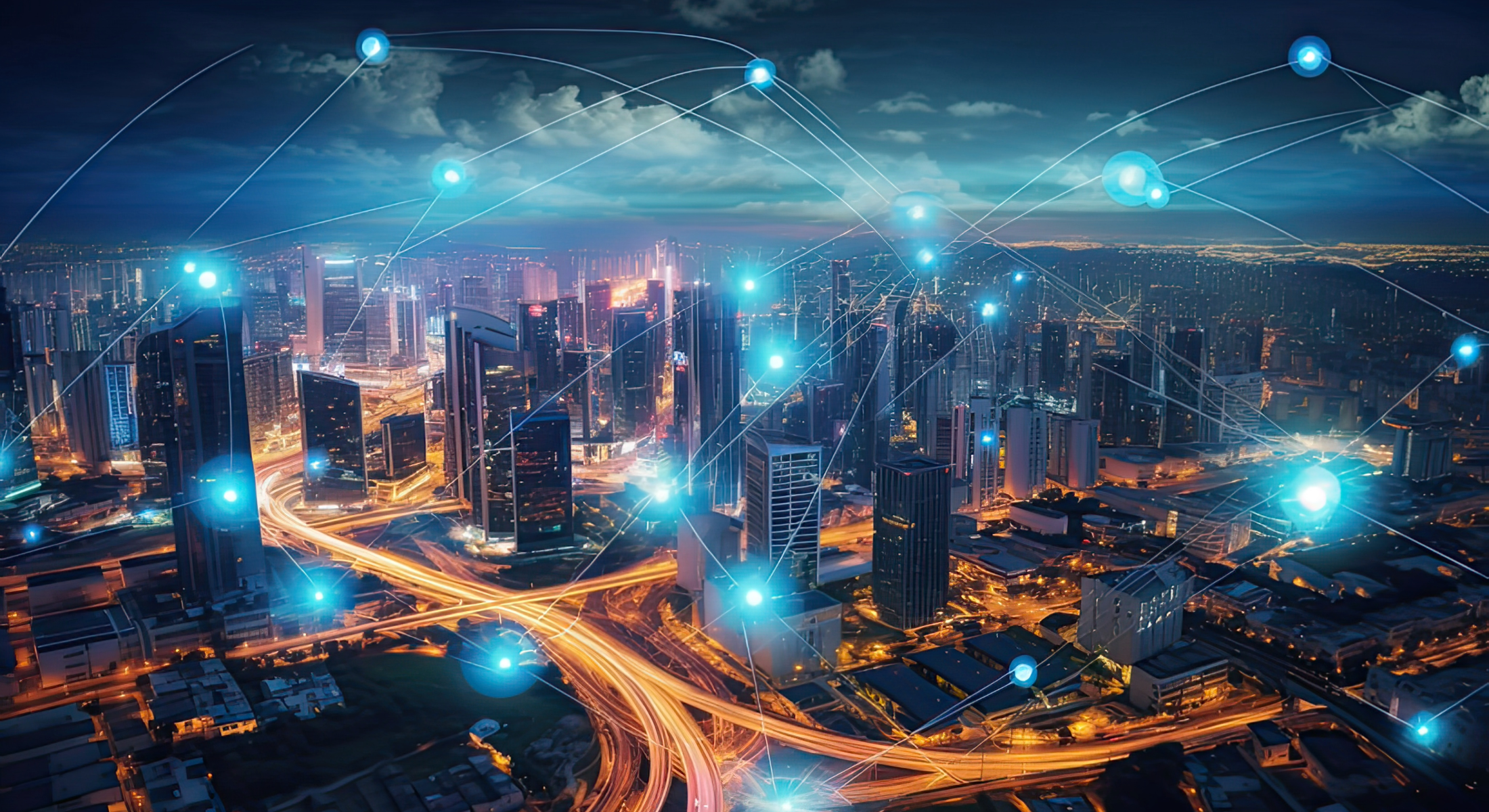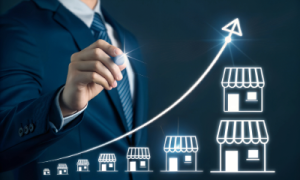Rising Challenges: Exploring the Impact of Population Growth on Bay Area Commute
Introduction: The Growing Population and its Impact on Bay Area Commute
The San Francisco Bay Area has long been known for its vibrant economy, cultural diversity, and stunning natural beauty. However, the region’s rapid population growth in recent years has presented significant challenges, particularly when it comes to commuting. As more people flock to the Bay Area for job opportunities and a high quality of life, the strain on transportation infrastructure has become increasingly evident. This article will explore the impact of population growth on Bay Area commute, focusing on the challenges of traffic congestion, strained public transportation, and the need for effective urban planning and infrastructure.
Traffic Congestion: A Major Challenge for Bay Area Commuters
One of the most pressing challenges faced by Bay Area commuters is the ever-increasing traffic congestion. With a growing population, the number of vehicles on the roads has surged, leading to longer travel times and increased frustration for residents. According to a study conducted by the Metropolitan Transportation Commission, the average Bay Area commuter spends an astonishing 78 hours stuck in traffic each year. This not only wastes valuable time but also contributes to air pollution and carbon emissions.
The impact of traffic congestion is particularly evident during peak hours, when major highways and bridges become clogged with vehicles. The Bay Bridge, connecting San Francisco to the East Bay, is a prime example of this issue. Commuters often face significant delays and bottlenecks, resulting in lost productivity and increased stress levels. As the population continues to grow, it is crucial to address this challenge by investing in transportation infrastructure and exploring alternative modes of transportation.
Strained Public Transportation: Coping with Increasing Demand
As the population of the Bay Area continues to grow, the demand for public transportation has skyrocketed. However, the existing infrastructure is struggling to keep up with this increasing demand. BART (Bay Area Rapid Transit), the region’s primary rail system, has experienced overcrowding and delays due to the surge in ridership. This not only inconveniences commuters but also poses safety concerns.
The strain on public transportation is particularly evident during rush hours, when trains and buses are packed to capacity. This not only leads to discomfort for passengers but also reduces the efficiency and reliability of the system. According to a report by the Bay Area Council, the region’s public transportation system needs significant investment to expand capacity and improve service quality. Without adequate measures to address this issue, the strain on public transportation will only worsen as the population continues to grow.
Urban Planning and Infrastructure: Addressing the Effects of Population Growth on Commute
To effectively address the impact of population growth on Bay Area commute, it is crucial to focus on urban planning and infrastructure development. As the population continues to surge, it is essential to create sustainable and efficient transportation systems that can accommodate the growing demand. This includes investing in new highways, bridges, and public transportation networks, as well as promoting alternative modes of transportation such as biking and walking.
Furthermore, urban planning should prioritize the development of mixed-use communities, where residents can live, work, and access amenities within close proximity. This reduces the need for long commutes and promotes a more sustainable lifestyle. Additionally, implementing smart growth strategies, such as transit-oriented development, can help reduce reliance on private vehicles and encourage the use of public transportation.
In conclusion, the impact of population growth on Bay Area commute cannot be ignored. The challenges of traffic congestion, strained public transportation, and the need for effective urban planning and infrastructure are pressing issues that require immediate attention. By investing in transportation infrastructure, expanding public transportation capacity, and implementing smart growth strategies, the Bay Area can mitigate the negative effects of population growth on commute and ensure a sustainable and efficient transportation system for its residents.








